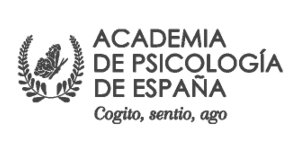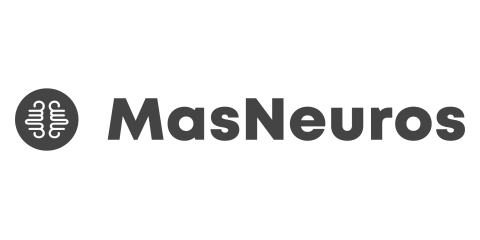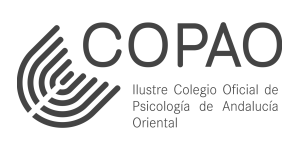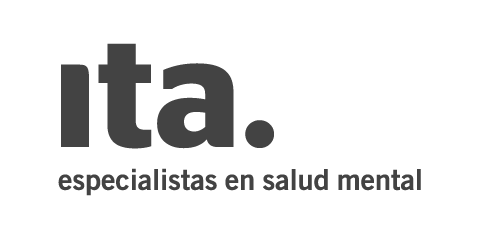Speaker

KATYA RUBIA
KING’S COLLEGE LONDON. UNITED KINGDOM
Katya Rubia is Prof. of Cognitive Neuroscience, Deputy Head of Department of Child & Adolescent Psychiatry and also a KCL-Dresden Transcampus Professor at Dresden University.
Prof. Rubia is a world-leading expert of MRI neuroimaging of ADHD and other disorders. Her more recent interest is in neurotherapies of ADHD. Prof. Rubia has published more than 230 papers in high impact journals, with an h-factor of 103. She was included in the Clarivate 2019 and 2020 most cited researchers of the past decade and in Expertscape as world leader of ADHD.
She obtained the European Kramer-Pollnow Prize for her contribution to research in child psychiatry in 2013 and is corresponding foreign member of the Royal National Academy of Medicine of Spain.
Neurotherapeutics in ADHD

One of the most important neuroimaging findings has been that the brain is extremely plastic even in adulthood and that brain differences across disorders could potentially be reversed.
The past three decades of our MRI studies have shown that the most common childhood psychiatric disorder, attention-deficit/hyperactivity disorder (ADHD), is characterized by changes in brain function and structure, primarily in several domain-dependent frontostriatal, frontoparietal, and frontocerebellar networks (Rubia et al., 2021; Rubia, 2022). As a result of these neuroimaging findings, ADHD is now considered a neurodevelopmental disorder. Furthermore, neuroimaging results have provided consistent biomarkers that we have targeted with neuromodulation. We conducted several randomized controlled trials (RCTs) of novel neurotherapies for ADHD that sought to reverse brain hypoactivations in order to normalize clinical behavior and cognitive performance. We conducted two RCTs of functional magnetic resonance imaging (fMRI) neurofeedback of the right inferior frontal cortex in children and adolescents with ADHD (Alegria et al., 2017, Lam et al., 2022), two RCTs of transcranial direct current stimulation (tDCS) in children and adults with ADHD, targeting the right inferior and dorsolateral prefrontal cortex, respectively (Westwood et al., 2021, Leffa et al., 2022), and one large multicenter RCT of trigeminal nerve stimulation (TNS) in children and adolescents with ADHD (Conti et al., 2025). I will present and discuss the findings from these RCTs using three different types of neuromodulation. In particular, I will discuss the need for rigorous simulated neuromodulation conditions to control for the large placebo effect of neurotherapeutics, which, according to our study, is more than twice the size of placebo in pharmacological studies and has the potential to induce “neuroenchantment” rather than a real effect. Noninvasive neurotherapeutics are more attractive than drugs due to their relative safety, potential neuroplastic effects, and user preference. However, they must be rigorously controlled and evaluated for clinical and cognitive efficacy, as well as their potential for individualized treatment.
Our research was initially focussed on anxiety disorders but has now expanded to include other presentations and patient groups. I will outline what we have found, and I will hope to persuade the audience that there is much that can be done to help parents with mental health difficulties, if only the will and the resource can be found.












